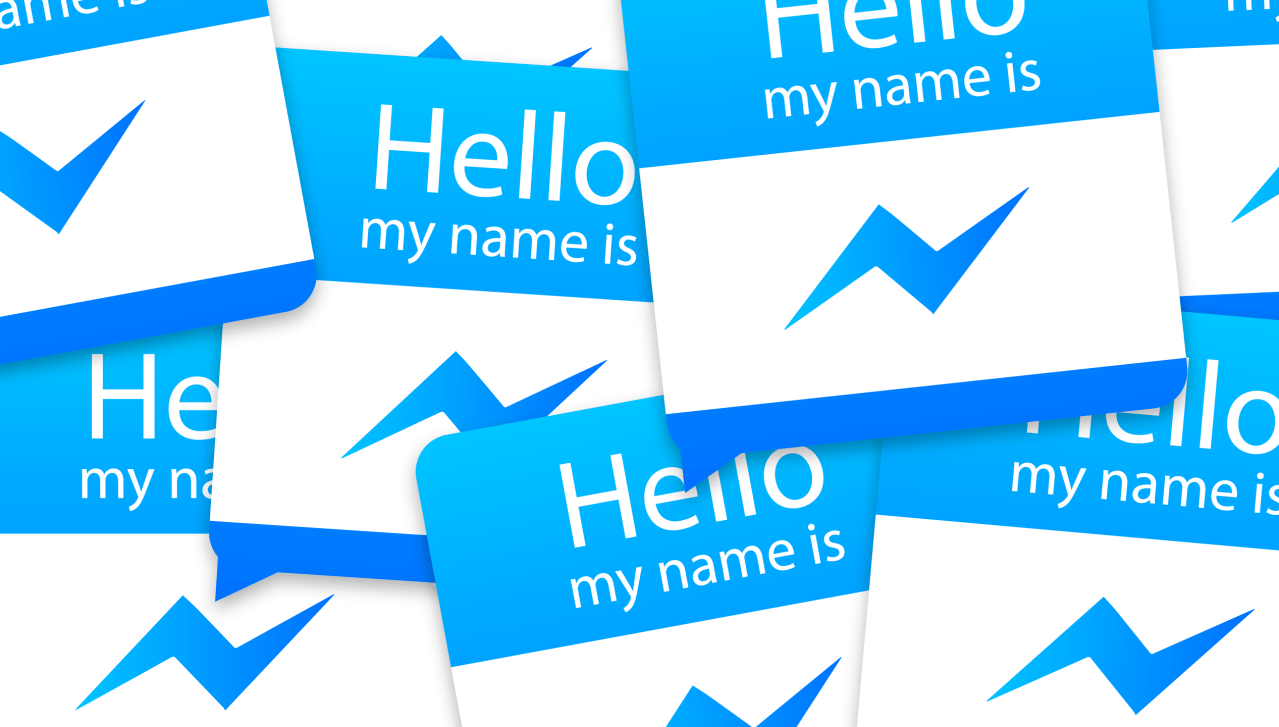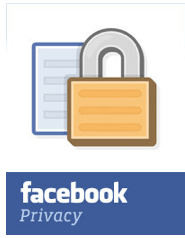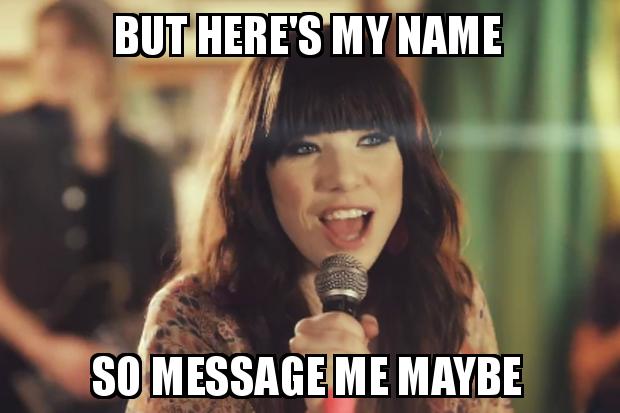- Women have started undertaking self-defence classes, fearing attackers
- Young Palestinians reveal the cultural impact of the rise in violence
- The family of one of the Palestinians killed in an attack on Israeli civilians reveal their thoughts on his motives
By DAVID JONES IN JERUSALEM –
They were just two ordinary young girls — pretty, in their vivid headscarves and brightly patterned dresses (worn with trousers, to combine style with modesty) and gazing intently at the screens of their smartphones.
A month ago, they might have been swapping gossipy texts with friends or watching pop videos as they wandered home from school — Lady Gaga and Beyonce were among their favourites. But these days, Rozanne Jaber and Raghan Hussein have no time for such frivolities.
Instead, these bright, middle-class 17-year-old Palestinians — who tell me, without any sense of irony, that they hope to become nurses — are immersed in the sounds and images of bloodshed and hatred.
Deathly defiance: Young Israelis practise on a firing range in the Holy city of Jerusalem
Masked man: A Palestinian gives the v for victory sign whilst holding a knife during a demonstration in Gaza
‘This is the new song I really like,’ says Rozanne, gesturing towards her Samsung SS3, with its pink kitten cover. ‘It’s called The Lovers Of Stabbing and it names every one of our martyrs, who have been killed [while attacking Jews] in the past few weeks.’
Her friend Raghan, whose phone screensaver is cartoon character Bart Simpson, nods enthusiastically. ‘Another one we like is These Are Your Men,’ she says. ‘It is also about our brave Palestinian boys resisting the Israelis.’
Who is the singer, I ask, trying to conceal my shock as these sweet young girls casually glorify murderous acts of terrorism.
‘We don’t care!’ snaps Rozanne, offended by the question. ‘To us, the names are not important. It’s the words they sing that matter, not the personality. We only care about the message!’
With their faces covered with a red and white checked kheffiyeh, one woman clutches a copy of the Qu’ran
Ready for action: A slingshot throwers prepares to launch a stone during clashes with Israeli soldiers in Bet El
Helping hand: Four Palestinians rush an injured comrade away from the action near the Israeli border
Benjamin Netanyahu recently got himself into hot water after making comments about the Palestinians and the Holocaust
For what it’s worth, the ‘artist’ is named Qasem Najar, and his other popular numbers include Hit Tel Aviv, a baritone war-cry, eerily backed by the wail of air-raid sirens, which urges compatriots to bomb the ‘Zionist’ city to rubble.
Venture into Palestinian strongholds such as Ramallah, where I met the two schoolfriends on Wednesday evening, and disturbing songs such as this are being uploaded by young people everywhere.
They have become the blood- curdling soundtrack to a horrifying new wave of violence that has erupted in Israel in the past month, which has so far claimed nine Israeli and 52 Palestinian lives and is escalating so rapidly out of control that it is being called ‘The Third Intifada’, or uprising.
The phrase reawakens memories of two previous times of bloody and sustained unrest, which erupted in the late Eighties and again between 2000 and 2005.
Last night, in the latest reported incident, a young Palestinian man armed with a knife was shot dead by police after trying to board a school bus when it stopped in an Orthodox Jewish area of West Jerusalem. The attacker wounded an Israeli pedestrian.
This uprising is also being dubbed the YouTube Intifada, because it is clearly being driven by garish internet images posted to incite further attacks (though in truth Palestinians prefer to upload their graphic videos on Facebook because, they say, it is quicker).
But it is not only these murder-inciting films and the music blaring from countless mobiles that is making modern technology such an integral tool in this upsurge of terror.
Still more disturbingly, a plethora of newly popular Palestinian internet ‘news’ websites are playing on the adolescent emotions of young Arab boys (and gullible female supporters such as Rozanne and Raghan), and there can be little doubt that their propaganda is persuading some to pick up a knife.
This uprising is also being dubbed the YouTube Intifada, because it is clearly being driven by garish internet images posted to incite further attacks
Israeli soldiers stand by after a Palestinian man was shot dead after he stabbed an Israeli soldier
Tensions is growing in the troubled region, with an increase in security forces patrolling on the streets
Sites such as Quds News Network, which boasts 100,000 subscribers and a following of four million on its Facebook page, post gruesome films depicting Palestinians being killed — supposedly in cold blood, and without reason — by Israeli ‘settlers’ and security forces.
Perhaps the most inflammatory video to have appeared on Palestinian social media sites was purportedly filmed in the West Bank Israeli settlement of Kiryat Arba. It appears to show a Jewish man placing pork on the body of a Palestinian killed by border police after carrying out a stabbing.
For a Muslim, this is the ultimate act of defilement. Ahmed Yousef, the editor of Quds, feels no qualms in publishing such graphic scenes.
‘After years of only hearing the Israeli narrative, we are presenting the Palestinian narrative,’ he told me, scrolling through stories lionising the valiant young ‘martyrs’ who have died for the cause in recent days.
These news items, needless to say, make no mention of their victims. Such innocents as the brave rabbi knifed to death while trying to defend a young man from stabbers in Jerusalem’s Old Town; and the blameless 60-year-old passenger cut down when riding home on a number 78 bus.
To Yousef, however, they represent the truth. ‘Our reporters are thousands of young Palestinians who are using their phones to film the injustices perpetrated on us by the Israelis and sending them in to us,’ he said.
Declaring that the Third Intifada had ‘already started’, he added: ‘For the first time, we are able to write our own story. It will become our history.’
Perhaps so, but many Jewish families are determined to write their own script.
There has also been a rush to buy pepper sprays, as I saw at a combat equipment shop called Defence, in the heart of Jerusalem’s tourist district
With the stabbings becoming ever more random and indiscriminate, Israeli mothers and children are enrolling in self-defence classes
Israeli soldiers take aim as they patrol the streets of Hebron, situated in the West Bank
Palestinians hold knives during an an anti-Israel protest in Jabalia in the northern Gaza Strip
With the stabbings becoming ever more random and indiscriminate, mothers and children are enrolling in self-defence classes, where they are taught how to protect themselves should a knife-attacker suddenly strike as they go shopping or walk to school.
Those civilians with firearm licences are dusting down their guns and stocking up on ammunition.
Those without are concealing any makeshift weapon they can find — hammers, bats, screwdrivers, umbrellas and even selfie sticks — beneath their clothing before leaving home.
There has also been a rush to buy pepper sprays, as I saw at a combat equipment shop called Defence, in the heart of Jerusalem’s tourist district.
‘When it rains, people always buy umbrellas,’ shrugged a sales assistant at the shop, before selling another £18 spray, with a range of 10ft. His latest customer was Joshua Cross, 17, a Jew from Gibraltar holidaying in Israel.
Why did Joshua feel the need for the device? ‘I’m slightly paranoid,’ he said. ‘The streets have become noticeably quieter since we arrived, and I just feel things are about to happen.
‘Having said that, I took a selfie by the Arab souk [market], just to show my friends that no matter what might happen, I’m still here and showing my solidarity for Israel.’
Harbouring similar fears, others are relying on less obvious weapons. One man was reportedly seen boarding a bus with a frying-pan tucked in his belt.
But Molly Livingstone, 32, whose Jerusalem apartment lies close to the scene of the number 78 bus attack (in which two young Palestinians killed two and wounded ten others before being shot dead by security services), prefers to carry a rolling-pin in her handbag.
‘I wanted to buy a Taser, but they are illegal so I keep this by me,’ said the American Jew, the mother of two young children. ‘If anyone attacked me I would thrust it into their b***s. But then, I guess they don’t have any.
‘I moved here ten years ago from Boston, at the end of the second intifada, and I saw a few bombings. But this is worse. There’s so much more hatred under the surface. There is this constant feeling of fear, mistrust and trepidation.’
Israeli riot police officers operate in the Arab neighborhood of Issawiyeh in Jerusalem
Palestinians carry the body of 27-year old Iyad el-Avavde killed by Israeli soldiers last week
One needs only to walk around her affluent neighbourhood, which borders on the contrastingly rundown Palestinian enclave of Jaber Mukaber — a seething hotbed of unrest — to understand what she means.
On the Jewish side of the divide, behind the so-called ‘cement wall’ of 8ft-high concrete blocks that have just been installed as a supposedly temporary buffer between the factions, a smart apartment block is charred by the smoke from Molotov cocktails lobbed from the street below.
With fingers poised on the trigger of their M16 rifles, security guards routinely stand sentry at many bus stops and roadside checkpoints, which are blocked off with huge stone blocks.
Some Jewish schools have even laid off Arab members of staff under pressure from parents who perceive any Palestinian as a potential threat.
To anyone who has followed this seemingly intractable conflict, the causes of this latest uprising will be grimly and wearily familiar.
The Palestinians complain of increasing oppression by the hard-line government of Israel’s prime minister Benjamin Netanyahu; the continued occupation of their territories; and the lack of progress towards independence.
And, as with the Second Intifada, which broke out in 2000 — about a decade after the first — and stretched on for five years claiming thousands of lives, the violence is being stoked by a dispute over Jerusalem’s Al-Aqsa Mosque.
Jews and Muslims consider the site of the vast mosque, which the Israelis call Temple Mount, to be of major religious significance, and the right of access to it has been bitterly contested for years.
The Muslims claim that increasing, and deliberately provocative, Jewish encroachment is disrupting their access to the mosque, and is intended to threaten their long-term tenure of the shrine.
Yet in many ways this uprising is very different from the first and second. Then, the violence was highly orchestrated and the attackers bombed buses and restaurants. They were being directed by an organised and clearly identifiable leadership.
Around 2000 participants took part in an Arab-Israeli demostration for peace in the center of Jerusalem last week
Knife attacks in Israel and the West Bank have left many civilians fearing for their own safety
Palestinians demonstrate on the streets at an anti-Israeli protest in Jabalia in the Gaza Strip
This time, the attacks appear to be haphazard and carried out by young, lone-wolf fanatics seemingly acting on their own initiative.
Usually they are armed with knives, which they wield without mercy against defenceless members of the public and the security forces alike — every Jew, man or woman, old or young, is apparently seen as a legitimate target.
And their motivation and loose co-ordination appears to be coming via the internet propaganda filtered through their mobiles, which somehow even the poorest Palestinian teenager can afford.
But, of course, cross to other side of the often invisible divide that separates Jew from Arab here, and one hears an utterly opposing view. It is a story of oppression, lack of educational and professional opportunity, and unpunished brutality by the security services and Jewish ‘settlers’.
As Israeli soldiers eye them from a nearby machine-gun post draped with the Star of David flag, a group of smartly uniformed Arab schoolgirls sit defiantly on the cement wall and air their grievances.
‘We have apartheid here now,’ says Loreen Tayem, 15, the anger burning in her eyes. ‘There was no need to build this barrier. There are usually no clashes here. Well, I can remember only one firebomb, and the people who threw it were arrested.
‘The Israelis have built these walls in an attempt to expel us from our own city. It used to take us 15 minutes to get to school. Now it takes at least 40 minutes. But if they build 100 walls like this, we will still be here! This is our land!’
People claim, perhaps with some justification, that the Jews, with home-fashioned self-defence weapons, are rarely if ever searched.
Driving deeper into Jaber Mukaber, whose narrow, mountainside streets are now virtually sealed off by the West Bank fence and wall erected after the last intifada, I pass a display of blown-up photographs depicting a handsome, bearded young man.
Beside the picture is a gushing tribute, marking his ‘heroic acts, in Jerusalem on Tuesday, October 13, 2015’. This, it turns out, is one of the two number 78 bus attackers, 22-year-old Baha Aliyan. Evidently the district’s new poster-boy.
At his family’s spacious house — doubtless soon to be dynamited by the Israelis, under the law that sanctions the state destruction of terrorists’ homes — I find his grieving father, Mohammad, a 60-year-old lawyer, and his older brother Husam, 26.
Gentler and more polite people you could not wish to meet.
Invited to describe Baha, they portray a remarkable young man — ‘a genius’, his father calls him — who devoted his brief life to the community after achieving the highest awards in the Boy Scouts.
He initiated many youth projects in the neighbourhood, they say, but his greatest day came in March 2013, when he organised 10,000 people to form a human chain around the Jerusalem wall, each reading a book of their choice, in a show of peace and solidarity.
So why would such a young man wish to slaughter people riding on a bus? Tellingly, we might think, it emerges that his father was also involved in an attack on an Israeli bus during the Seventies. He declines to elaborate, but says he served a decade in jail before being released, in 1985, under a prisoner-exchange deal.
In any event, he insists this had no bearing on his son’s actions because they never discussed it.
Instead, he attempts to cast doubt on Baha’s culpability, suggesting that, since no one has produced video evidence of the attack, his son might have been caught up among the innocent passengers. That the Israelis might have mistaken him for a terrorist and shot him dead in error.
It sounds like one more attempt to distort reality.
But no doubt this version of events will find its way onto the Palestinian ‘news’ websites, so that the truth is turned on its head, and the ruthless knifeman becomes the hapless victim.
It will then be relayed to thousands of phones and become part of the new ‘Palestinian narrative’ — a grisly, internet-driven story that is filling impressionable young minds with self-righteous intent and sending them out to kill.
Read more: http://www.dailymail.co.uk/news/article-3285429/The-mothers-fighting-against-Jihadi-knife-maniacs-guns-frying-pans-rolling-pins.html#ixzz3phbFHmMF
Follow us: @MailOnline on Twitter | DailyMail on Facebook
 The Devil’s Marque is a science fiction mystery about Calliope Dancer and what’s happening to all of Mr. Appleyard’s unsavory clients. His cash flow is taking a hit and he’s very unhappy about it. Then along comes a mysterious lawyer and a very old connection to China. It all happens over a summer, and the last 112 years, maybe more. Even Calliope’s special candy doesn’t help her much this time – or with her own guilt about her client either. Good and evil are just ambiguous concepts after all. Everything is something it isn’t. Even the first time we meet other beings.
The Devil’s Marque is a science fiction mystery about Calliope Dancer and what’s happening to all of Mr. Appleyard’s unsavory clients. His cash flow is taking a hit and he’s very unhappy about it. Then along comes a mysterious lawyer and a very old connection to China. It all happens over a summer, and the last 112 years, maybe more. Even Calliope’s special candy doesn’t help her much this time – or with her own guilt about her client either. Good and evil are just ambiguous concepts after all. Everything is something it isn’t. Even the first time we meet other beings.









 But the even bigger opportunity for Facebook is using Message Requests as the foundation for a WeChat-style way to chat directly with businesses. The News Feed works for non-essential content shared by businesses, but if they need to reach you to work out details or modify your order, messaging works much better.
But the even bigger opportunity for Facebook is using Message Requests as the foundation for a WeChat-style way to chat directly with businesses. The News Feed works for non-essential content shared by businesses, but if they need to reach you to work out details or modify your order, messaging works much better.


 ‘I want to stab a Jew because they stole our land’: Tiny…
‘I want to stab a Jew because they stole our land’: Tiny… Two Palestinians are shot after carrying out latest knife…
Two Palestinians are shot after carrying out latest knife…



















